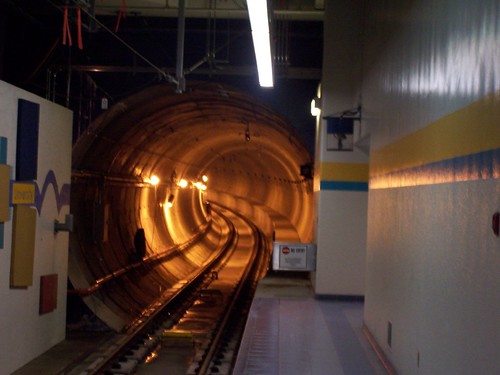W. K. Lis
Superstar
I don't doubt you ... but I don't see anything documenting the different widths for different cities - perhaps I'm not looking in the right place. Though as I pointed out, the Toronto version are going to be a bit wider than those very narrow units in Vancouver ... just doesn't seem as wide as a CLRV.
If you look at the technical data for a city, you will see information on the vehicle. For example, Brussels has a length between 32 / 43.4 m and a width of 2.3 m. Berlin has a width of 2,400 mm. Milan has a width of 2,470 mm. London has a width of 2,650 mm. Minneapolis has the same 2,650 mm width.
Toronto's CLRV's have a width of 2,560 mm depending on where the measurement is taken. If the Transit City vehicles do not run in the downtown, then they could be wider at 2,650 mm.





